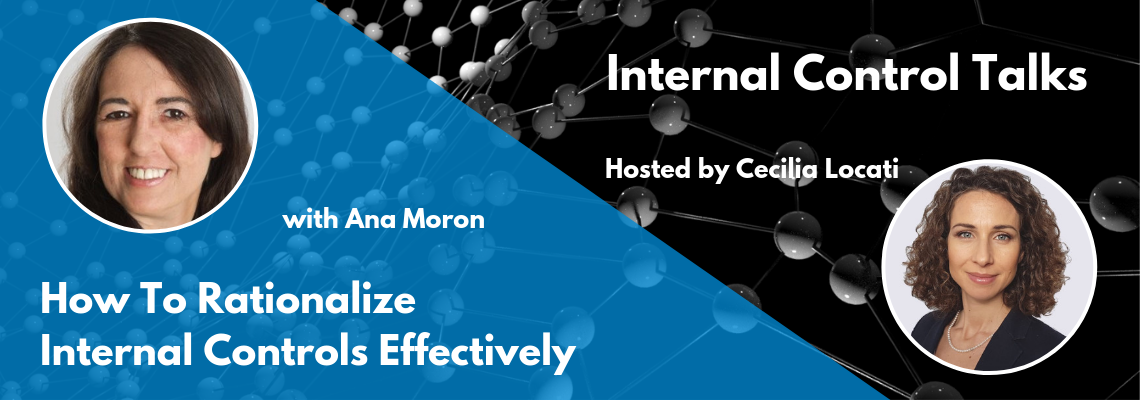Back in the years, I was working for a company that had a lot of controls around product quality in its list of SOX controls.
As SOX controls are specifically assessed to ensure the accuracy and reliability of financial statements, I struggled to understand why these quality controls were included in the risk and controls matrix.
I couldn’t see the relationship between the ability of the company to produce high-quality products and the reliability of its financial statements…
Then I finally understood: There was none!
These controls were a legacy from the years of the SOX implementation madness, when companies started testing every and any control just to make sure “they were covered”.
Over the course of my career as a consultant, I’ve seen this happening repeatedly both in SOX companies and non-SOX companies.
And I’ve also seen:
1- Controls with no impact on the financial statements being tested because “it’s always being done this way”.
2- Major risks not being addressed by any controls…and minor risks being mitigated by 10+ different controls.
3- Medium size businesses buried under thousands of controls…which seem just too much compared to their size.
Are you facing any of these situations?
If you are, it probably means that your internal control program needs a good update so that it’s fit for purpose.
How can you rationalize internal controls effectively?
In this episode of Internal Controls Talks, we interviewed Ana Moron, an internal control consultant specialized in internal control program restructuring.
She has achieved amazing results in helping companies reducing the number of internal controls from thousands to a few hundreds of key controls.
In the interview, Ana dives deep into:
• How to recognize if your internal controls program needs an update
• How she managed to reduce the number of controls from thousands to 500 controls for one of her clients
• The crucial question you need to ask to clearly identify absolutely-key controls over financial reporting.
• Her top 3 tips to rationalize internal controls
• How to perform a comprehensive risk assessment
• How to establish materiality like a pro
• How to effectively engage process owners on control improvement projects
• How the “garbage in and garbage out” principle helps internal controls
Watch the episode NOW – and learn how to rationalize internal controls effectively .
Now, we would love to hear your experience in restructuring internal controls programs.
What methodology do you use to rationalize internal controls?
What new tips have you learned from this episode?
Leave a comment below and let us know. Your experience might help other internal control professionals to have a meaningful breakthrough on new ways they can successfully rationalize internal controls.


Leave a Reply